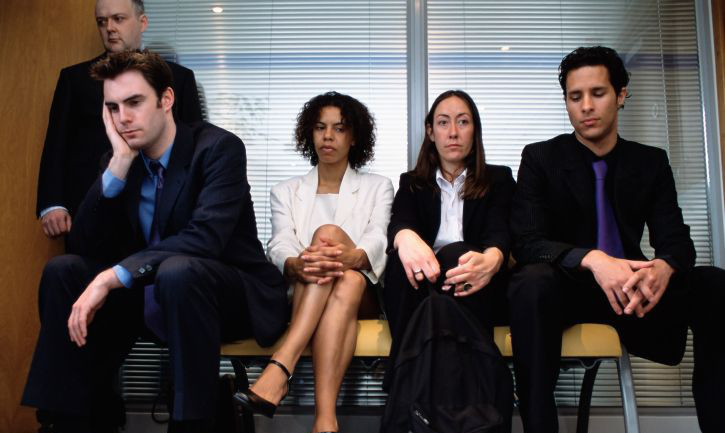
New figures reveal how many people are forced to work fewer hours than they want.
They’re the hidden story of six years of economic turmoil which Scotland is barely beginning to emerge from. Hidden because their neighbours will see them heading off to work and assume they are one of the lucky ones as they have a job.
But new figures from the Scottish Government and Scottish Trades Union Congress (STUC) have laid bare just how many people are forced to work fewer hours than they want to.
The scourge of involuntary part-time employment affects every part of Scotland and the number of people classified as “underemployed” now stands at 244,000.
The haul is up by 56,000 since 2008 and is the equivalent of one in 10 of people of working age being forced to work part-time because of a lack of full-time posts. It’s a phenomenon which has been accelerated by years of recession and weak economic confidence.
Stephen Boyd Assistant Secretary of STUC, said: “The last six years have been particularly difficult for the Scottish labour market. Not only did unemployment increase rapidly, underemployment reached historically high levels, and the fall in real wages since 2009 is unprecedented in modern times.
“Underemployment is a massive issue affecting the labour market but we are now only beginning to get people thinking about it. Politicians of all persuasions tended to focus on the fact that at least these people had work but they are now coming round to the idea that this recession had a different impact to previous ones.
“More people stayed in work but this masked what was really going on. There are thousands of people who are desperate to work more hours but can’t get them.
“The issue of underemployment has come to light in recent years but it was around before the 2008 recession and it remains to be seen whether underemployment will constrain new jobs growth through 2014 as employers increase hours for those already in work.”
A fall in real earnings has amplified the problems faced by those classified as underemployed. The STUC/Scottish Government study shows real earnings have decreased by 8.1% since 2009, and fell faster for people working part-time and those employed in the private sector.
Mr Boyd added: “The killer for a lot of people, particularly those desperate to work more hours, is the collapse of real earnings. If the recovery is to continue gathering momentum it is vital that real wages start to increase this year.”
Other issues raised in the study include the youth unemployment rate and the divide across the country of areas which are emerging from recession and those which are still stuck in the economic doldrums.
Between 2011/12 and 2012/13 the employment rate increased in 17 local authority areas, but decreased in 14.
The analysis shows the local authorities with the highest claimant count rates and the lowest employment rates are mainly clustered in west central Scotland. Brighter news is that, over the past year, full-time employment has increased by 76,000, fuelled almost exclusively by the private sector. However the rate is 83,000 lower than the 2008 level so it shows the scale of the challenge which lies ahead.
The figures show Scotland has a lower unemployment rate than England, Wales or Northern Ireland. The rate of decline in real earnings was also lower in Scotland than in the rest of the UK but both points will give little comfort to those out of work or struggling with the cost of living.
Finance Secretary John Swinney, said: “The figures are very encouraging, showing employment in Scotland continues to increase and our economic recovery is ongoing, but we still have work to do.
“This report indicates Scotland has a higher employment rate, lower unemployment rate and lower inactivity rate than England, Wales or Northern Ireland. As part of an ongoing trend, employment in the private sector continues to rise, with more than 1.9 million people now employed in that area.
“The research gives us a better understanding of how well Scotland is doing in terms of employment and identifies which areas of society need the most help. We’ll continue to work with partners such as STUC to maintain and build sustainable economic growth in Scotland.”

Enjoy the convenience of having The Sunday Post delivered as a digital ePaper straight to your smartphone, tablet or computer.
Subscribe for only £5.49 a month and enjoy all the benefits of the printed paper as a digital replica.
Subscribe